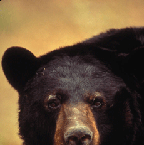 It started off with a late spring frost that killed off the bears’ seasonal food. It continued with a regional drought. It all added up to the worst year for bear and human conflicts in Colorado since the state started keeping records a few years ago, says an article in the Glenwood Springs Post Independent.
It started off with a late spring frost that killed off the bears’ seasonal food. It continued with a regional drought. It all added up to the worst year for bear and human conflicts in Colorado since the state started keeping records a few years ago, says an article in the Glenwood Springs Post Independent.
The article quotes Perry Will, a 38-year veteran of Colorado Parks and Wildlife (CPW), a division of the Department of Natural Resources, who manages an area of western Colorado, as saying that he’s never seen a year as bad as this one for conflicts between humans and bears.
Development has set the stage. Colorado’s 5.2 million residents are more likely to hunt or hike or live in bear country, says another article on the topic in The Durango Herald. The state’s surging bear population is another factor the Post Independent article says. Add the frost and the drought, and it’s a recipe for disaster. The number of bears killed this year because of conflicts with humans was nearly triple last year’s total and almost twice as much as the last drought year.
In the article Will says that a year with normal rain could set things right. The state has seen the conflict level drop sharply in the past.
Glenwood Springs Post Independent article, here.
Durango Herald article, here.
Photo: bear, courtesy US Fish and Wildlife Service

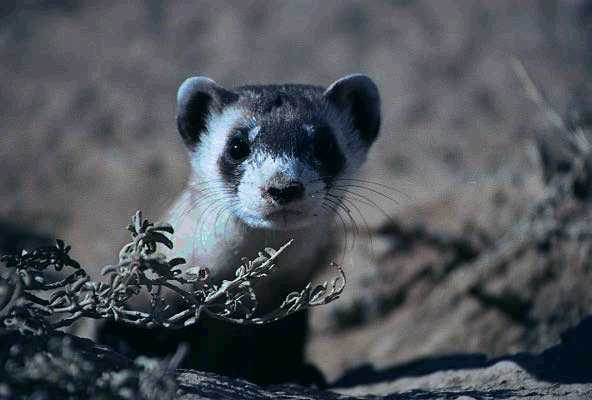 What were the biggest North American wildlife stories in 2012? The ten stories with the most views by State Wildlife Research News readers — in order of popularity — were:
What were the biggest North American wildlife stories in 2012? The ten stories with the most views by State Wildlife Research News readers — in order of popularity — were: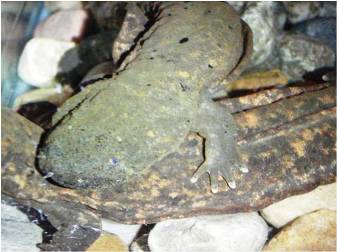 Hellbenders are the America’s largest aquatic salamander and can reach over two feet in length. In New York, they are only found in the Allegheny and Susquehanna River river drainages. According to the
Hellbenders are the America’s largest aquatic salamander and can reach over two feet in length. In New York, they are only found in the Allegheny and Susquehanna River river drainages. According to the 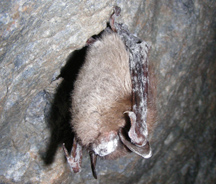 A study published recently in
A study published recently in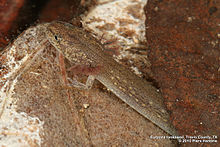 Nathan F. Bendik of the City of Austin’s Watershed Protection Department and Andrew Gluesenkamp, the state herpetologist with Texas Parks and Wildlife Department, were not surprised when the tails of an endangered salamander, Eurycea tonkawae, were thinner when measured during a drought.
Nathan F. Bendik of the City of Austin’s Watershed Protection Department and Andrew Gluesenkamp, the state herpetologist with Texas Parks and Wildlife Department, were not surprised when the tails of an endangered salamander, Eurycea tonkawae, were thinner when measured during a drought.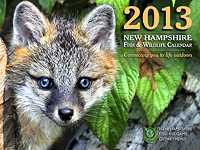 Psst. Looking for a last-minute gift idea? Well, your state fish and wildlife (or game or natural resources) department has just the thing.
Psst. Looking for a last-minute gift idea? Well, your state fish and wildlife (or game or natural resources) department has just the thing.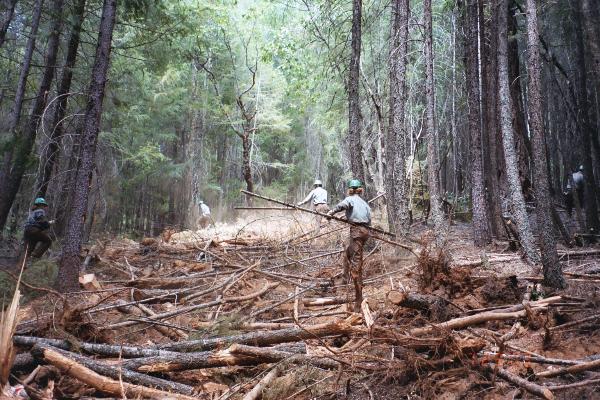 A study out of British Columbia, published in the
A study out of British Columbia, published in the 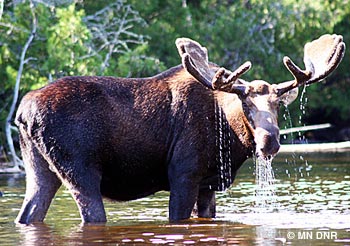 The the Minnesota Department of Natural Resources’ list of endangered, threatened and special concern species is due to get its first update since 1996,
The the Minnesota Department of Natural Resources’ list of endangered, threatened and special concern species is due to get its first update since 1996, 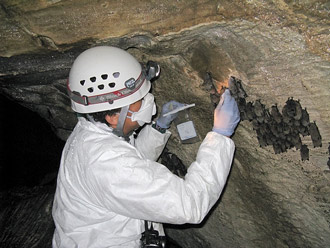 Wisconsin researchers have confirmed that Geomyces destructans, the fungus that causes white nose syndrome (WNS) in bats, persists in caves long after all the bats in the cave have died off.
Wisconsin researchers have confirmed that Geomyces destructans, the fungus that causes white nose syndrome (WNS) in bats, persists in caves long after all the bats in the cave have died off.